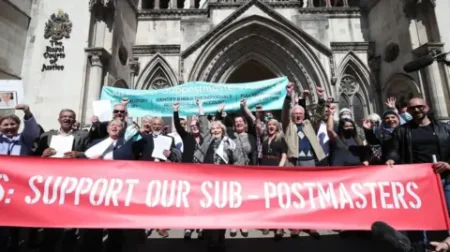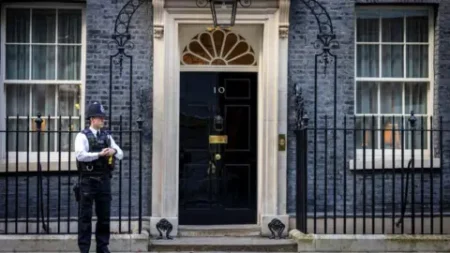The state pension and its mechanism, specifically the “triple lock,” is a crucial element within the UK’s welfare system, securing financial support for the aging population. Designed to provide a stable income to retirees, the state pension is adjusted annually based on three measures: inflation, wage growth, or a fixed increase of 2.5%, whichever is the highest. This guarantees that pensioners do not fall behind economically as living costs rise.
According to forecasts from the Office for Budget Responsibility (OBR), the financial burden of this triple lock system is anticipated to be significantly higher than originally estimated. Projections indicate that by the end of the decade, expenses related to the state pension could be three times what was initially expected. One direct impact of this policy can be seen in April 2025, where the state pension saw a 4.1% increase.
In simple terms, the state pension represents a financial payment issued by the government every four weeks to individuals who have reached the qualifying age and contributed sufficiently to National Insurance (NI). The fundamental understanding of its worth in April 2025 reveals that the new flat-rate state pension is valued at £230.25 per week for those who retired after April 2016, marking a £472 increase annually. Conversely, those who retired before April 2016 receive £176.45 weekly, translating to a £363 annual increase.
To qualify for a full state pension, individuals typically need 35 years of NI contributions, although gaps may arise for various reasons, including having lived abroad or taking time off for childcare. For those with gaps, the option exists to make voluntary contributions to boost their pension amount.
The complexities of the triple lock are noteworthy. It was established by the Conservative-Liberal Democrat coalition government in 2010 as a means to preserve the monetary value of the state pension against inflation and wage increases. Yet, the ongoing debate surrounding its costs amplifies concerns, particularly as the guarantee is projected to reach an annual expenditure of £15.5 billion by 2030. The current context has attracted criticism, with some experts, including the influential Institute for Fiscal Studies, advocating for the removal of the triple lock as part of a broader reform of the pension system.
Furthermore, the age at which individuals can begin receiving this pension has also seen adjustments. Presently, more than 12 million individuals receive the pension, with the qualifying age set at 66 for those born between October 1954 and April 1960, gradually increasing to 67 and potentially 68 for subsequent birth cohorts.
Besides the state pension, many pensioners qualify for additional financial support through pension credit, which aims to assist those with varied incomes. As of April 2025, pension credit increased by 4.1%, raising weekly amounts to £227.10 for singles and £346.60 for couples. Such benefits extend into areas such as housing assistance and heating costs, providing a safety net for vulnerable populations.
Changes to additional financial supports, such as winter fuel payments, have also sparked significant discussion. Initially, this payment was open to all pensioners but has shifted to being exclusively available to those receiving pension credit or certain means-tested benefits. The proposed adjustments to this payment system in early July ended up being revised after backlash from the public and advocacy groups, reflecting the ongoing tension between budget management and social welfare.
In summary, the United Kingdom’s state pension system, particularly the intricacies of the triple lock, currently forms a focal point of economic discussion. As costs mount and futures evolve, maintaining a sustainable yet fair pension framework remains a pertinent challenge for policymakers, with implications for millions of the UK’s seniors. The dual emphasis on fiscal responsibility and social security embodies a critical balancing act that will dominate discussions moving forward.











